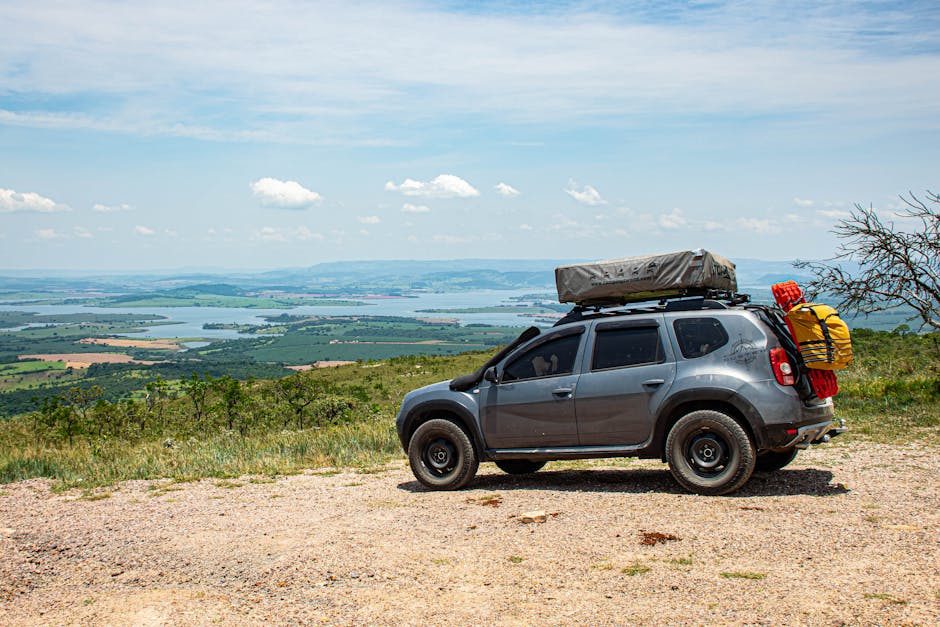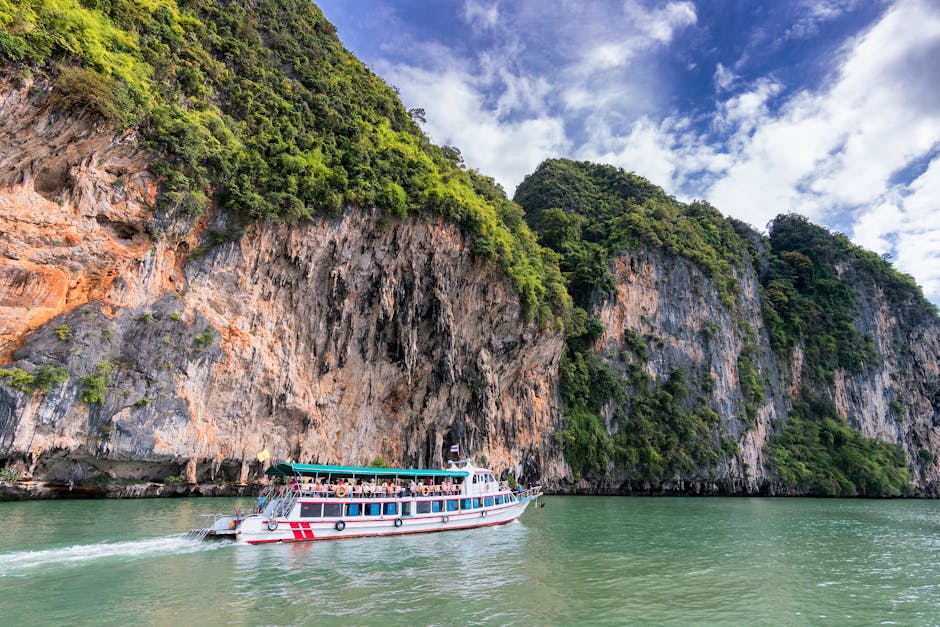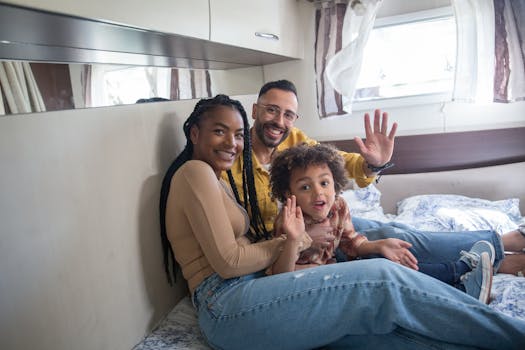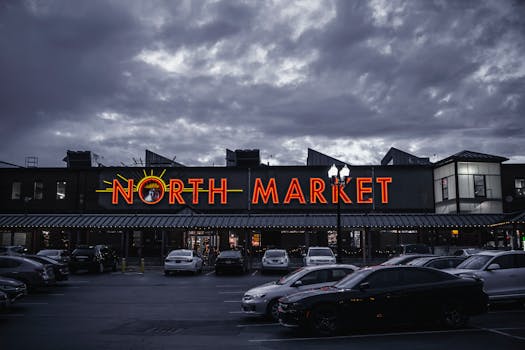Right then, you city slickers, listen up! Forget those crowded tourist traps; the real Outback ain't found on postcards. It's a sprawling, sun-baked tapestry, a continent's worth of secrets spun from red dust and ancient stone. Uluru and Kata Tjuta? Magnificent, sure, but the true heart beats in the forgotten corners.
Picture this: the Karijini National Park, Western Australia. Not just gorges, mind you, but a hell of a chasm carved by time itself – waterfalls tumbling like liquid silver into deep, cool pools, the whispering wind a constant companion across the spinifex. You'll feel the pulse of this land, mate, raw and untamed, dwarfing you with its sheer, breathtaking scale. It'll make you feel like a gnat on a giant's bootlace.
Then there's the Simpson Desert – a sea of crimson sand stretching to the horizon. Don't even think of tackling that alone; this ain’t a Sunday stroll. You’ll need seasoned guides, blokes who know the desert's moods like the back of their hands, to follow in the tracks of the old nomadic tribes, a pilgrimage across this ancient heartland.
Now, instead of elbowing tourists for a snap of Uluru, consider this: a guided tour focused on Aboriginal rock art. These aren't just paintings, no sir; they are living stories, whispers from a time beyond reckoning, etched onto sandstone older than time itself. You'll learn their secrets, their navigational constellations, the medicinal magic hidden in native plants – a depth of knowledge that’ll leave you humbled. It's a journey through millennia, an immersion in ancient wisdom.
Don't overlook the Flinders Ranges in South Australia, a rugged wonderland of towering peaks, hidden springs, and ancient chasms. It's a hiker's paradise, offering trails for every leg, every level of experience, and a chance to rub shoulders with some amazing wildlife. Imagine yourself atop a ridge at sunset, the landscape aflame in a thousand fiery hues, a profound silence broken only by the whisper of the wind. That, my friend, is a moment worth more than all the gold in the Nullarbor.
Finding these hidden paradises? It takes more than a brochure, mate. It calls for grit, a willingness to stray off the well-worn path, to embrace the unexpected. Forget your rigid itineraries, your pre-booked tours; be flexible, let the land guide your steps, respond to its whispers. That, in essence, is the spirit of true exploration, a return to the very soul of adventure.
Crikey! The Outback’s resilience, mate, it’s something else, but even the toughest sun-baked landscape has its limits. That’s why choosing to tread lightly, to be a true custodian of this ancient land, isn’t just some flash-in-the-pan trend; it's a bloody moral imperative, a duty to the generations yet to come. We’re talking about a legacy, see?
Think of this vast, sun-scorched land as an intricate mechanism, a colossal clockwork of flora, fauna, and the First Nations peoples – each cog vital to its continued whirring. Sustainable tourism? That’s about keeping this magnificent contraption ticking smoothly, preventing its delicate gears from grinding to a halt under the weight of careless footsteps. Irresponsible practices? They're like throwing a rusty spanner into the works.
Supporting Indigenous-owned ventures isn’t just about ticking a box; it's about injecting lifeblood into the heart of these communities. Choosing an Aboriginal-owned lodge or a tour guided by a traditional owner? That’s about weaving your yarn into the rich tapestry of Aboriginal culture, becoming a participant rather than a gawking tourist. It’s about recognising the unparalleled knowledge, the deeply-rooted skills, the heritage they hold – a heritage older than time itself.
Respecting the land – that's the key ingredient, the essential spice in this whole adventure. It means leaving no trace, sticking to marked trails like a seasoned tracker, and giving the wildlife a wide berth. Picture yourself in a sacred library, a repository of untold stories etched into the very soil. Handle everything with reverence, tread lightly, and leave only your gratitude in your wake.
Now, choose smaller, locally-owned tour outfits, not those mega-corporations. They’re more likely to prioritize sustainability and cultural sensitivity. Think of 'em as the smaller tributaries feeding into a healthier, cleaner river of responsible tourism. Even the tiniest stream can have a powerful impact on the overall flow, proving that conscious tourism, even on a grand scale, can make a genuine difference.
So, there you have it, cobber. By embracing sustainable travel, you become a guardian of this precious ecosystem, a protector of its breathtaking beauty and profound cultural significance. It's a journey that rewards the soul far more richly than any mere sightseeing expedition. It's about a lot more than just a holiday, it's about making a stand, mate.






